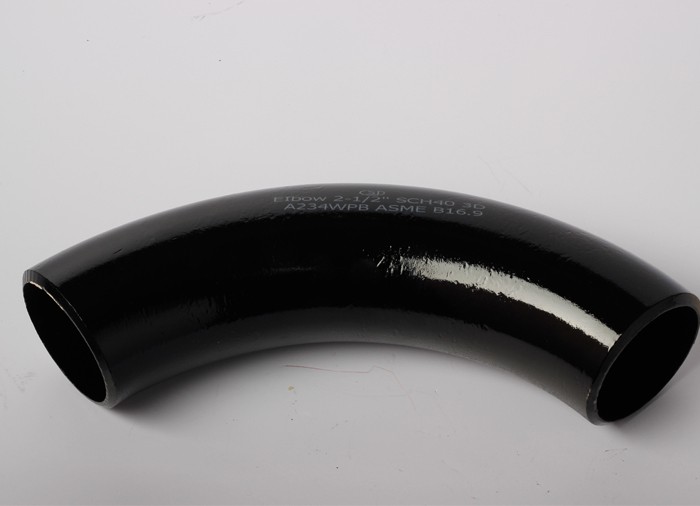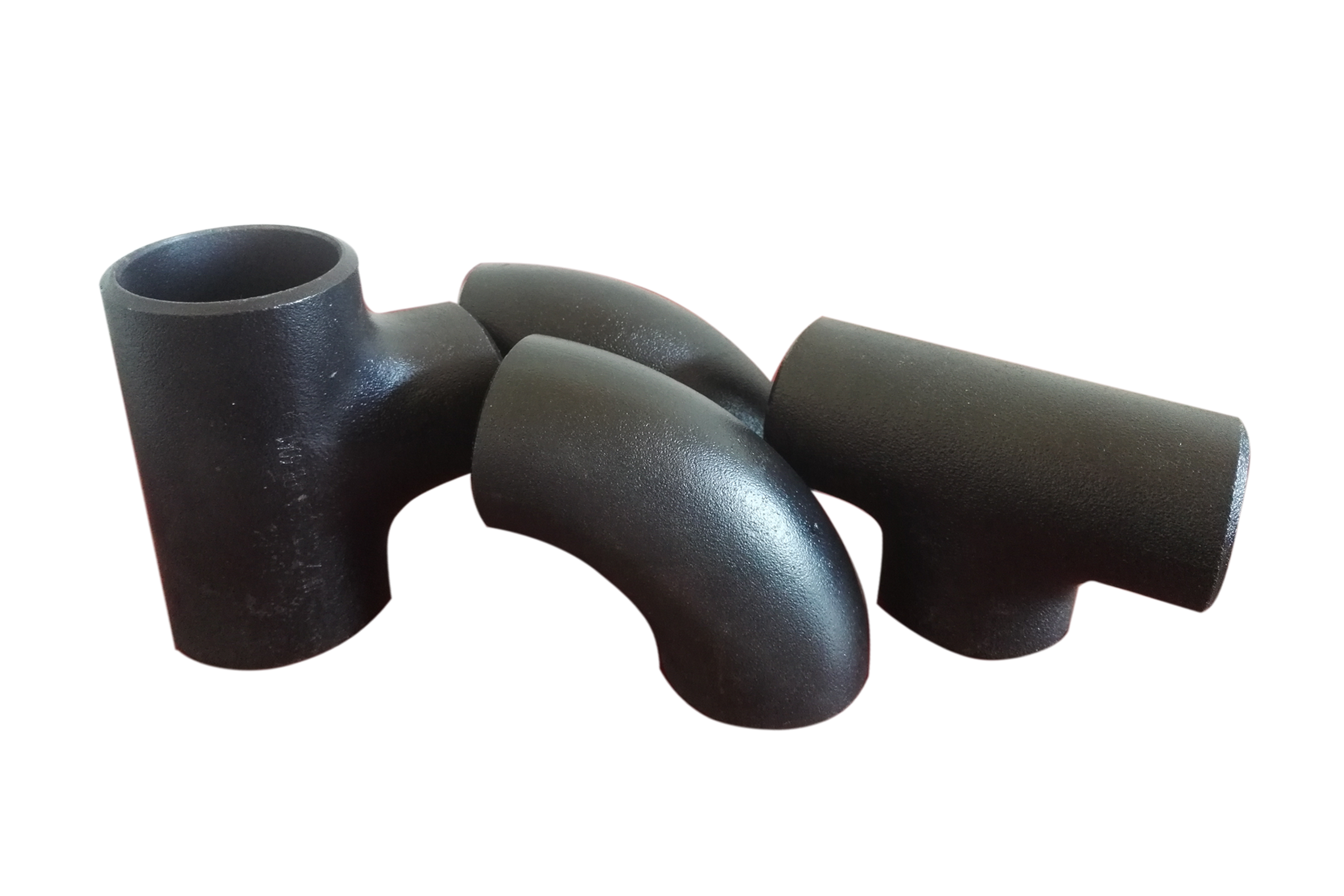Carbon Steel Elbows: Ensuring Seamless Pipe Connectivity
In the intricate network of industrial piping systems, the seamless connectivity of pipes is of paramount importance. Carbon steel elbows, as key components in these systems, play a crucial role in ensuring the continuity and efficiency of fluid flow. This article delves into the nuanced realm of carbon steel elbows, exploring their significance, features, and how they contribute to the seamless connectivity of pipes within diverse industrial applications.

Importance of Seamless Pipe Connectivity:
- Fluid Flow Optimization: Carbon steel elbows facilitate smooth changes in direction, minimizing turbulence and pressure drops in the fluid flow. This optimization is fundamental to achieving seamless connectivity and efficient performance throughout the pipeline.
- Preventing Flow Disruptions: The strategic use of carbon steel elbows mitigates the risk of disruptions caused by abrupt turns or changes in pipe direction. This ensures a continuous and uninterrupted flow of fluids within the piping system.
- Structural Integrity: Seamless connectivity, provided by well-designed carbon steel elbows, contributes to the overall structural integrity of the piping system. This is crucial for withstanding operational stresses and maintaining a reliable flow over the system’s lifespan.
Features of Carbon Steel Elbows:
- Precision Engineering: Carbon steel elbows are meticulously engineered to exacting standards, ensuring precise dimensions and a seamless fit within the piping system. This precision is vital for creating a seamless and leak-free connection.
- Diverse Configurations: Carbon steel elbows are available in various configurations, including 45-degree and 90-degree angles, catering to the specific needs of different industrial applications. This versatility allows for tailored solutions in pipeline design.
- Corrosion Resistance: The inherent corrosion resistance of carbon steel, augmented by appropriate coatings or treatments, ensures the longevity of elbows and sustains their seamless connectivity in corrosive environments.
- Smooth Internal Surface: The seamless design of carbon steel elbows contributes to a smooth internal surface, minimizing friction and allowing for optimal fluid flow. This characteristic is especially critical in applications where a consistent flow rate is essential.

Application Considerations:
- Material Selection: The choice of carbon steel grade depends on the specific application, considering factors such as temperature, pressure, and the nature of transported fluids. Common grades include ASTM A234 WPB and ASTM A420 WPL6.
- Alignment and Installation: Proper alignment and installation of carbon steel elbows are imperative for achieving seamless connectivity. Precise welding or fitting techniques should be employed to eliminate any potential disruptions in the flow path.
Conclusion:
Carbon steel elbows stand as linchpins in the quest for seamless pipe connectivity within industrial environments. Their precision engineering, diverse configurations, and corrosion-resistant properties contribute to the structural integrity and efficiency of fluid transport systems. By understanding the importance of these components and considering application-specific factors, engineers and practitioners can harness the full potential of carbon steel elbows, ensuring the seamless connectivity that underpins the success of industrial piping systems.
